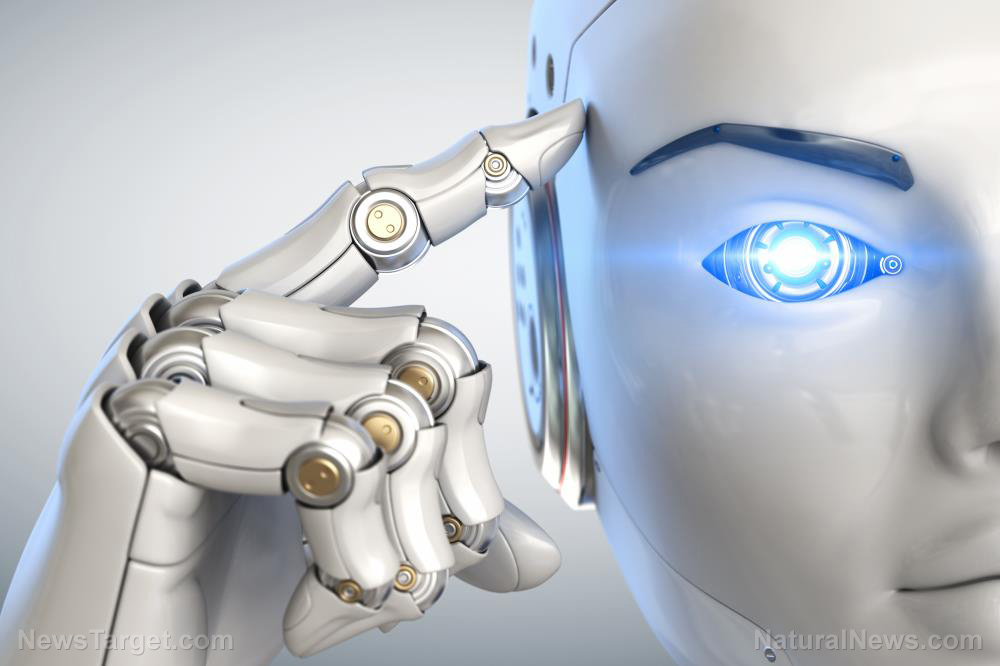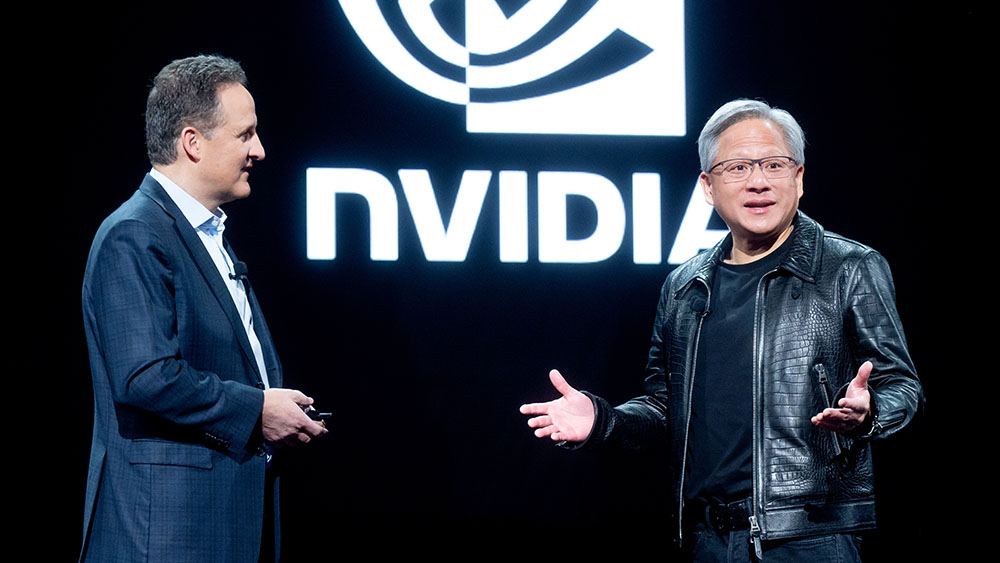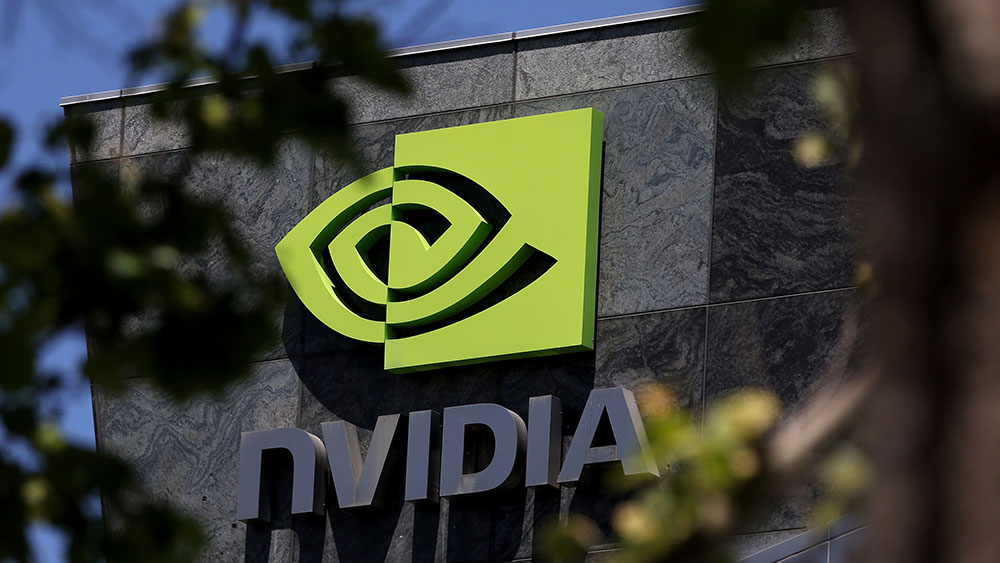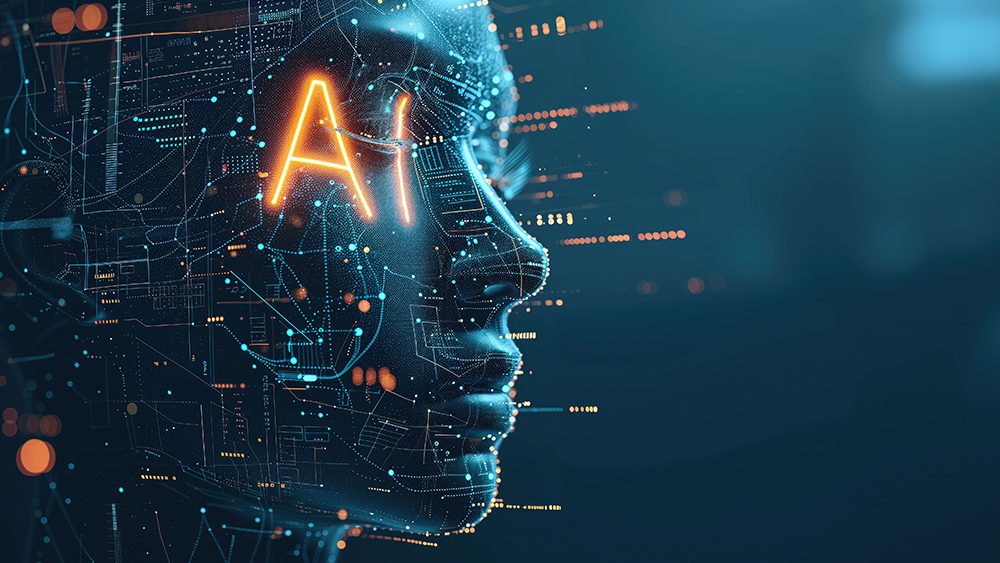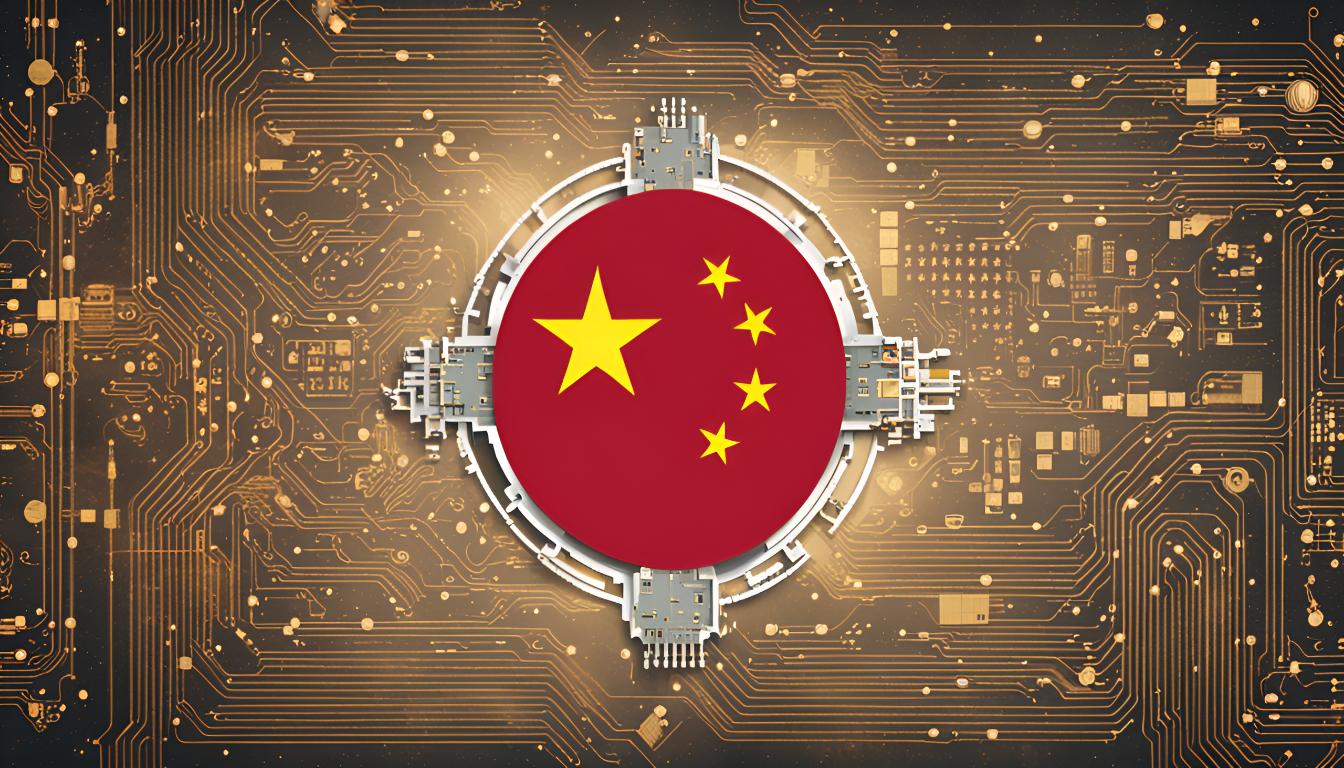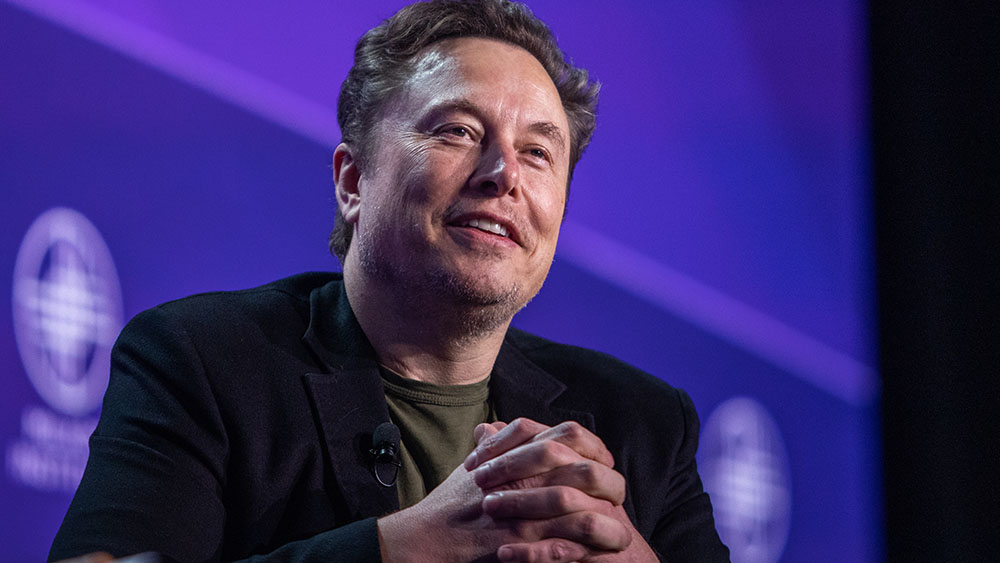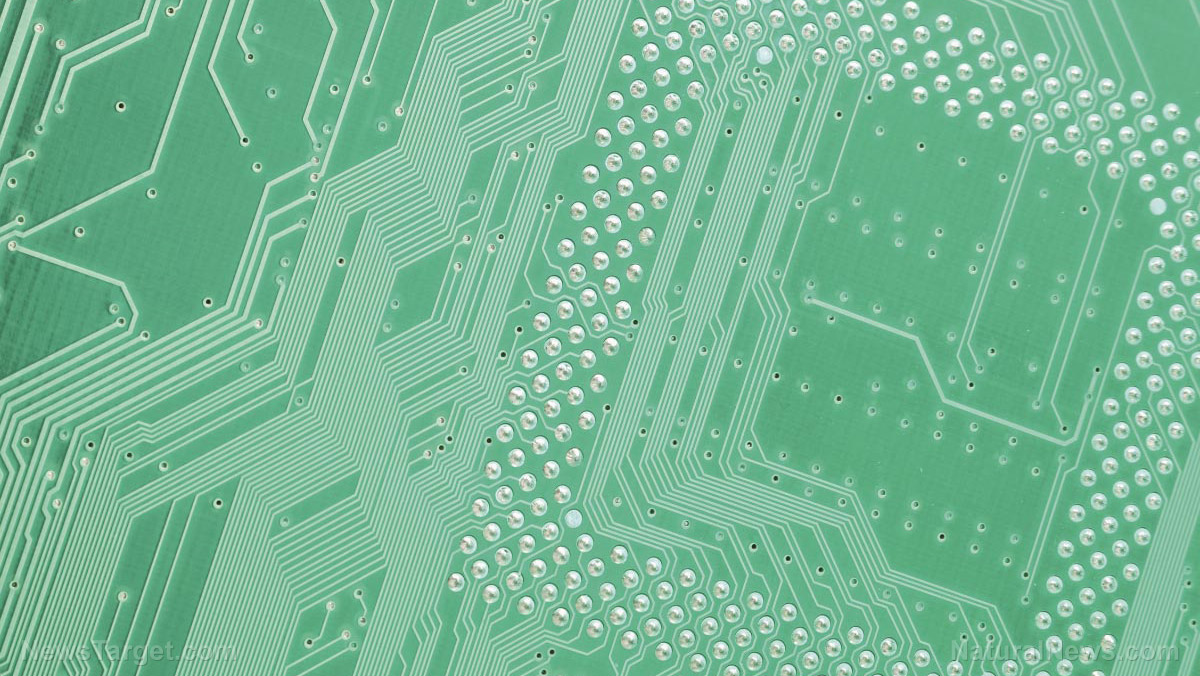NVIDIA unveils Cosmos: A game-changer for physical AI development
01/08/2025 / By Cassie B.
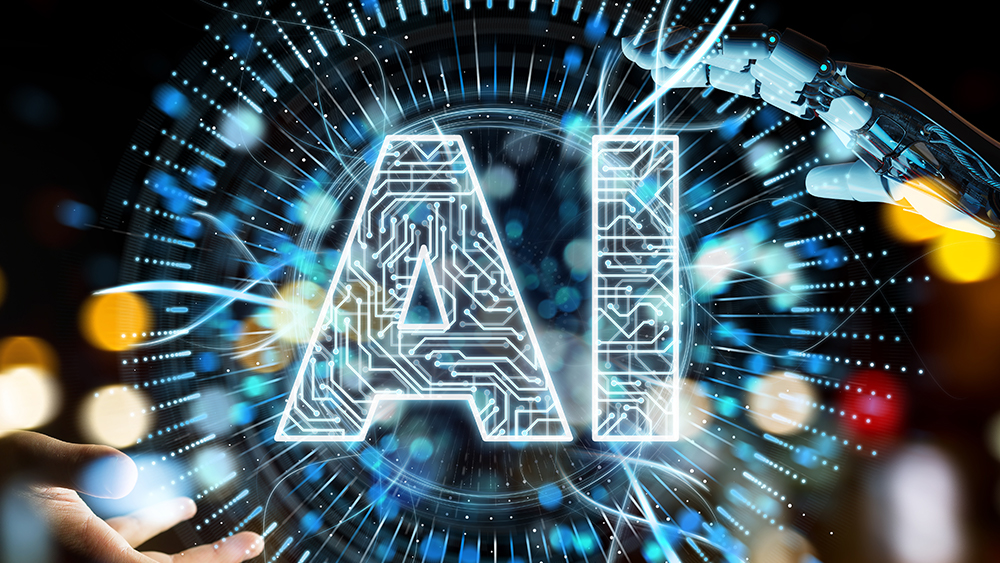
- NVIDIA unveiled Cosmos, a generative world foundation model platform, at CES 2025, revolutionizing physical AI development for autonomous vehicles and robotics.
- Cosmos generates photorealistic, physics-based synthetic data, enabling AI training without costly real-world data collection.
- The platform features an AI-accelerated pipeline, processing 20 million hours of video in 14 days, and a visual tokenizer offering 8x compression and 12x faster processing.
- Early adopters like Uber, Waabi, and Agility are leveraging Cosmos for autonomous mobility, data curation, and robot training.
At CES 2025, NVIDIA unveiled its groundbreaking Cosmos platform, a suite of generative world foundation models (WFMs) designed to revolutionize the development of physical AI systems like autonomous vehicles (AVs) and robots. The announcement, made by NVIDIA founder and CEO Jensen Huang during his keynote address, marks a significant leap forward in AI-driven simulation and synthetic data generation. With major players like Uber, Waabi, and Agility already on board, Cosmos is poised to democratize physical AI development, making it accessible to developers of all sizes.
What Cosmos does and why it matters
Cosmos WFMs are purpose-built to generate photorealistic, physics-based synthetic data, enabling developers to train and evaluate AI models without the need for costly real-world data collection. These models can simulate complex environments, such as warehouses, factories, and driving scenarios, with remarkable accuracy. By combining inputs like text, images, and video with sensor or motion data, Cosmos can create realistic simulations that help robots and AVs learn to navigate the physical world.
“The ChatGPT moment for robotics is coming,” said Huang. “Like large language models, world foundation models are fundamental to advancing robot and AV development, yet not all developers have the expertise and resources to train their own. We created Cosmos to democratize physical AI and put general robotics in reach of every developer.”
Cosmos isn’t just about generating synthetic data—it’s also about efficiency. The platform features an NVIDIA AI and CUDA-accelerated data processing pipeline that can process, curate, and label 20 million hours of video in just 14 days using the NVIDIA Blackwell platform. This is a dramatic improvement over traditional CPU-based pipelines, which would take over three years to accomplish the same task.
Additionally, Cosmos includes a state-of-the-art visual tokenizer that delivers 8x more compression and 12x faster processing than current leading tokenizers. These tools, combined with the NVIDIA NeMo framework for model training and customization, make Cosmos a powerful resource for developers looking to build and refine physical AI systems.
Real-world applications and early adopters
The potential applications for Cosmos are vast. For example, developers can use the platform to search for specific training scenarios, such as snowy road conditions or warehouse congestion, within video data. They can also generate synthetic data for reinforcement learning or test AI models in simulated environments to predict outcomes and improve decision-making.
Leading companies in robotics and autonomous driving are already leveraging Cosmos. Agility, a humanoid robot company, is using the platform to generate photorealistic scenarios for training models. Waabi, a pioneer in generative AI for AVs, is evaluating Cosmos for data curation and simulation. Uber, meanwhile, is partnering with NVIDIA to accelerate the development of autonomous mobility solutions.
“Generative AI will power the future of mobility, requiring both rich data and very powerful compute,” said Uber CEO Dara Khosrowshahi. “By working with NVIDIA, we are confident that we can help supercharge the timeline for safe and scalable autonomous driving solutions for the industry.”
NVIDIA has emphasized its commitment to developing Cosmos in line with trustworthy AI principles, prioritizing privacy, safety, and transparency. The platform includes guardrails to mitigate harmful content and features invisible watermarks on AI-generated videos. These measures are designed to foster innovation while maintaining user trust.
NVIDIA’s Cosmos platform represents a monumental step forward in physical AI development. By providing developers with powerful tools to generate synthetic data and simulate real-world environments, Cosmos is set to accelerate the advancement of robotics and autonomous vehicles. As Huang put it, Cosmos aims to do for physical AI what large language models have done for natural language processing. With its open model license and robust capabilities, Cosmos is not just a tool—it’s a catalyst for the next wave of AI innovation.
Sources for this article include:
Submit a correction >>
Tagged Under:
AI, artificial intelligence, Big Tech, computing, cosmos, Glitch, information technology, Jensen Huang, NVIDIA, robotics, robots, tech giants, world foundation models
This article may contain statements that reflect the opinion of the author
RECENT NEWS & ARTICLES
COPYRIGHT © 2018 TECHGIANTS.NEWS
All content posted on this site is protected under Free Speech. TechGiants.news is not responsible for content written by contributing authors. The information on this site is provided for educational and entertainment purposes only. It is not intended as a substitute for professional advice of any kind. TechGiants.news assumes no responsibility for the use or misuse of this material. All trademarks, registered trademarks and service marks mentioned on this site are the property of their respective owners.





